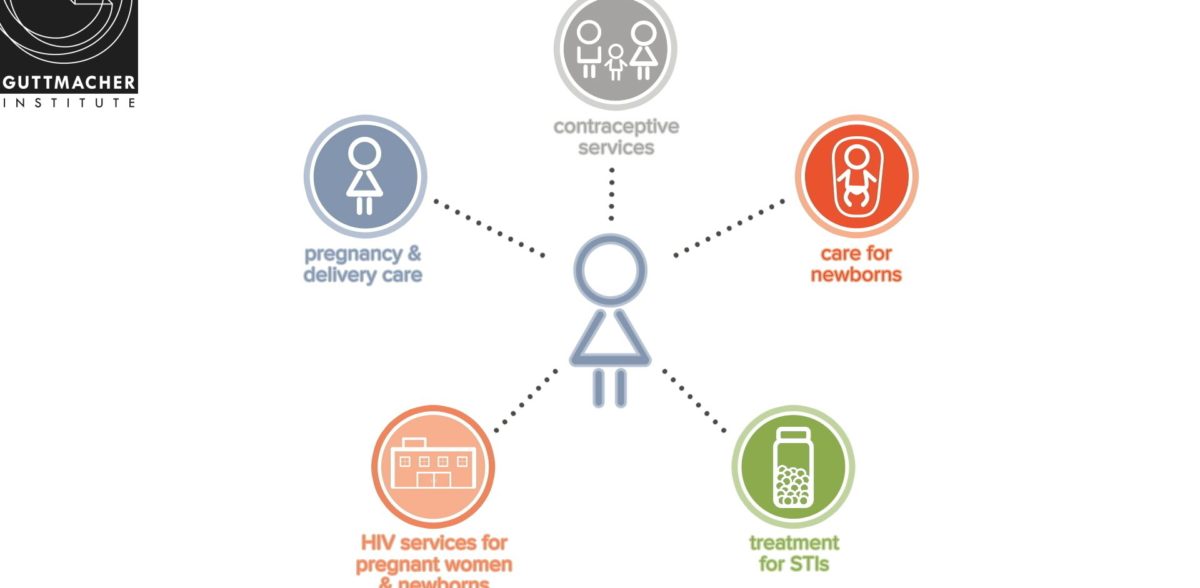Access to Sexual and Reproductive Health Services

Shilpa Rani is a third year undergraduate pursuing law from NUSRL, Ranchi. She believes that having an idea is futile if it is not expressed to world. She wants to give a try to all her dreams.
Access to Sexual and Reproductive Health Services
Ensuring healthy lives and promoting the well-being for all at all ages is essential to sustainable development. The sustainable development goals have made a commitment to ensure universal access to sexual and reproductive health-care services, including for family planning, information and education, and the integration of reproductive health into national strategies and programmes by the year 2030. It also aims at achieving universal health coverage, including financial risk protection, access to quality essential health-care services and access to safe, effective, quality and affordable essential medicines and vaccines for all. Good sexual and reproductive health implies that the people are having satisfying and safe sex life, they are capable of reproducing and they are at liberty to decide when and how. It also denotes the state of complete physical, social, and mental well-being in all matters concerned with the reproductive system. To maintain this, the most essential requirement is access to accurate information and the safe, effective, affordable and proper contraceptive methods suitable to them. At the same time it is necessary to inform people about sexually transmitted diseases and empower them to protect themselves from any such infections. Women must have access to services that can help them in having a healthy pregnancy, safe delivery and healthy baby.
Every individual has the right to make their own choices about their sexual and reproductive health. UNFPA, together with a wide range of partners, works toward the goal of universal access to sexual and reproductive health and rights, including family planning. It works to ensure that sexual and reproductive health and rights remain at the centre of development. The International Conference on Population and Development draws a clear connection between reproductive health, human rights and sustainable development. When sexual and reproductive health needs are not met, individuals are deprived of the right to make crucial choices about their own bodies and futures, with a cascading impact on their families’ welfare and future generations. And because women bear children, and also often bear the responsibility for nurturing them, sexual and reproductive health and rights issues cannot be separated from gender equality. Cumulatively, the denial of these rights exacerbates poverty and gender inequality. Human rights are violated when a girl below 18 years of age is forced to marry; rights are also violated when people cannot decide about birth of their child either because of ignorance or sometimes because of coercion, violence etc. One of the most essential ingredient of sustainable development goals and ensuring well being of population is protecting their rights that include their sexual and reproductive health and rights. There is a need of initiatives that can improve women’s health and at the same create awareness about their rights. It’s very much evident in present circumstances that gender equality is an unfulfilled promise. When women will have equal rights in deciding about their family, they will effectively contribute to the health and productivity of whole community.
At the global level, especially in most of the developing countries, leading cause of ill health and death of women at child bearing age are unavailability and lack of access to sexual and reproductive health services. Women suffer from unintended pregnancies, unsafe abortion, maternal death and disability, sexually transmitted infections, and many other related problems. Adolescent pregnancy is result of lack of proper access to sexual and reproductive information and health services. Every day in developing countries, twenty thousand girls under age of 18 years give births and this amount to 7.3 million births per year. Adding to this, because of complications from pregnancy and childbirth, many adolescent girls die. Adolescent girls are very vulnerable to Gender Based Violence like early and forced marriage, sexual exploitation, rape, trafficking that lead them to be very prone to unwanted pregnancies, HIV infections, maternal death and disabilities. These girls are in need of access to sexual and reproductive health services. They also need tailored programming on family planning. Knowledge can help them to protect themselves from such violence. Comprehensive sexuality education can enable these adolescent to take proper decision about their sex life.
Importance of access to sexual and reproductive health services extends beyond the achievement of good maternal and child birth. Access can enable a person to enjoy basic human rights and will enable him to have a control over his own life. Elements of sexual and reproductive health are included in three of the eight Millennium Development Goals (MDGs): reducing child mortality, improving maternal health, and combating HIV and AIDS. Key areas in sexual and reproductive health are prevention of STIs like HIV, unsafe abortion etc and these are not being paid proper attention. Improvements in this area require action by both social as well as by health sectors. Sexual and reproductive problems of women are creating obstacles in the process of their educational and economic development. Patriarchal dominance along with sexual discriminations paralleled by prejudice against young has made the case worse in the case of young females. Along with providing access to information and services, we also need to help youngsters and rural women in making them capable of taking responsible decisions to prevent sexual diseases and other reproductive problems.
If this issue is being ignored, the current humanitarian crisis will continue persisting. Sexual and reproductive health is a concern at every stage throughout lifetime. Therefore it is very necessary to strengthen various systems from health and education systems to even transport systems to ensure that services are accessible. At the same time all efforts should be done in the area of availability of essential sexual and reproductive health supplies, such as contraceptives, life-saving medicines and basic medical equipment. All agencies will have to work collectively and effectively to develop comprehensive efforts to ensure universal access to sexual and reproductive health care services with main focus on disadvantageous group like young people, poor people, rural communities, indigenous population and women group.


